US consumer spending barely rises, key inflation gauge picks up
Published in Business News
Consumer spending was weaker than expected again in February while a key inflation metric picked up, in a double whammy for the economy before the brunt of tariffs.
Inflation-adjusted consumer spending edged up 0.1%, on the low end of economists’ estimates, after a slump January that analysts mostly blamed on bad weather. Notably in February, Americans reduced spending on services for the first time in three years in the face of higher prices — including on dining out.
“Consumers are resistant to price increases,” Neil Dutta, head of U.S. economics at Renaissance Macro, said in a note. “Ultimately, inflation boils down to a household’s budget constraint and conditions are deteriorating here.”
The Federal Reserve’s preferred inflation rose 0.4% from January, the most in a year, according to Bureau of Economic Analysis data out Friday. The so-called core personal consumption expenditures price index, which excludes food and energy items, was up 2.8% from last year, remaining stubbornly above the Fed’s 2% target.
The S&P 500 opened lower and Treasury yields were also down. Swaps traders continued to price in about two quarter-point reductions this year, with the first seen coming in July.
The report points to sticky inflation just as President Donald Trump’s planned tariffs risk stoking price pressures even further. His aggressive trade policy — which has tanked sentiment among businesses and consumers — combined with growing signs of household financial stress, has raised concerns that the economy may fall into stagflation or even recession.
The Fed’s own forecasts underscore those fears, as policymakers signaled slower growth and faster inflation in fresh projections released at last week’s policy meeting. Chair Jerome Powell downplayed those concerns, even reviving the loaded word “transitory” to describe his expectations for tariff-driven inflation. Some of his colleagues have expressed greater caution.
Officials are holding interest rates steady until they have a better sense of Trump’s policies — particularly tariffs, ahead of next week’s big rollout that the president has dubbed “Liberation Day.” While Trump imposed some levies on China last month, they didn’t seem to have much of an impact on price data, as consumer and producer prices both stepped down in February.
Much of the tariff impact to prices would come through goods. A measure of goods inflation that excludes food and energy climbed 0.4% for a second month in February, the biggest back-to-back advance since 2022. Core services prices — a closely watched category that excludes housing and energy — rose at a similar pace.
But spending on goods did bounce back in February on demand for durable goods like cars — perhaps a sign that some consumers are buying ahead of potential tariffs. Among services, a category that had been a consistent driver of spending growth in recent years, consumers reduced spending on veterinary services, as well as taxis and ridesharing.
“The fact that consumers chose to increase outlays on goods that are about to see price increases at the expense of the far more economically important service sector provides insight into the mindset of the consumer,” Joseph Brusuelas, chief economist at RSM US LLP, said in a note. The modest advance in incomes “does not exactly suggest that the consumer is ready to spend through another round of price shocks.”
Consumer sentiment readings have been dismal of late, although it remains to be seen whether they’re a good predictor of spending. Data out later Friday showed sentiment tumbled this month to a more than two-year low and long-term inflation expectations jumped to a 32-year high, according to the University of Michigan.
What Bloomberg Economics says...
“We expect deteriorating consumer sentiment to weigh on spending and growth ahead. With the Fed on hold for now, they’ll likely need to cut rates in the second half of the year more quickly — and likely by more — than the latest dot plot shows they anticipate.”
— Stuart Paul, Eliza Winger and Estelle Ou
The saving rate rose to the highest since June in the PCE report, illustrating a consumer more guarded about finances. Other signs have emerged that Americans are under greater financial strain, including falling behind on car payments and difficulty coming up with funds for emergencies.
A slowing job market isn’t helping either. Inflation-adjusted disposable personal income edged up about 0.1% for a third month. That measure excludes payments from the government and businesses — BEA cited settlements from a domestic medical device manufacturer and a social media company.
Meanwhile, nominal wages and salaries picked up.
_____
(With assistance from Chris Middleton, Matthew Boesler, Cécile Daurat and Michael Mackenzie.)
_____
©2025 Bloomberg News. Visit at bloomberg.com. Distributed by Tribune Content Agency, LLC.
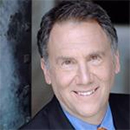
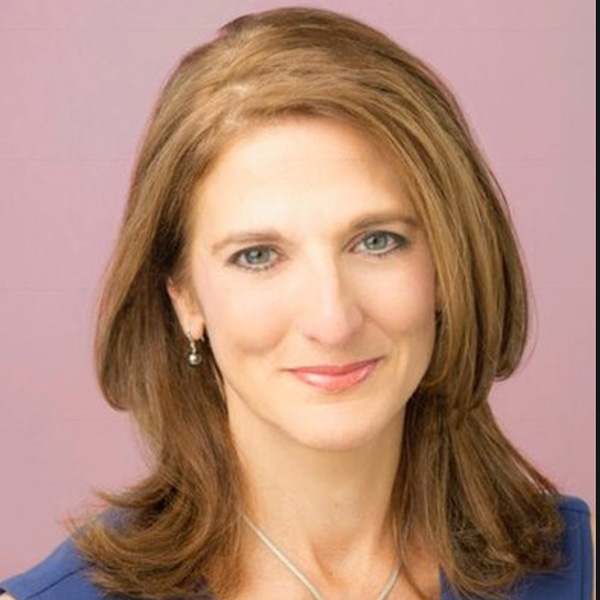
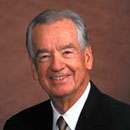
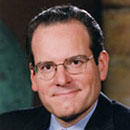
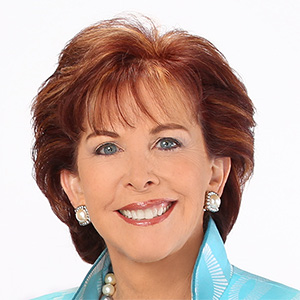




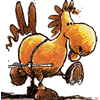
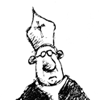
Comments